Seven years ago, Feroz Abbas Khan, playwright and director, put on the Broadway-style musical that was an adaptation of K Asif’s 1960 blockbuster, Mughal-E-Azam. With a cast and crew of more than 150 people, Mughal-E-Azam: The Musical, which premiered in Mumbai’s NCPA, has travelled across Asia. On May 26, 2023, after a pandemic-induced hiatus, the musical finally premiered in North America.
The 13-city tour of Mughal-E-Azam: The Musical started in Atlanta followed by stops in major North American cities such as New York, Chicago, Toronto, and more. Khan, along with the crew, is excited about the tour. He says, “The last few years of not being able to perform have made us all hungry, and we will invest even more passion and diligence than ever before in every performance and ensure that this tour is a massive success.” The musical is produced by Shapoorji Pallonji Group and is being presented in North America by Cinema on Stage.
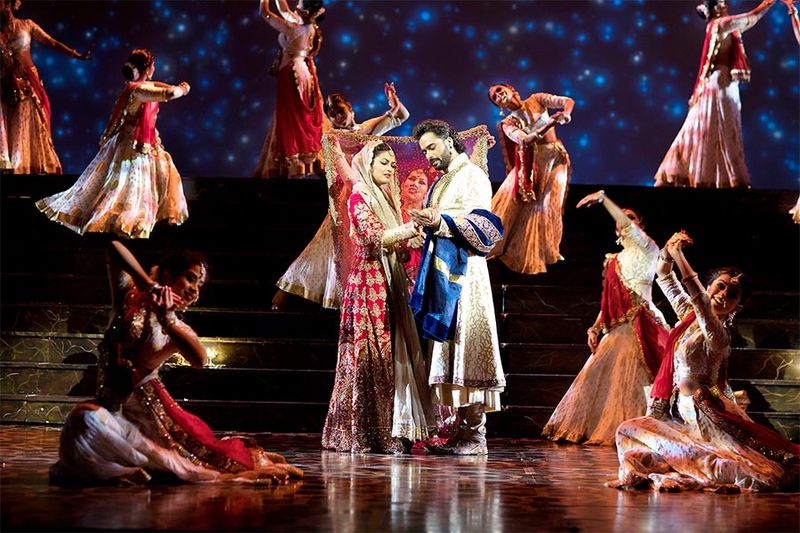
A timeless tale that’s still relevant
“K Asif visualised the characters and their emotions, and told a passionate love story with glorious music, poetry, and powerful dialogues which make the film the evergreen classic that it is,” says Khan of the film, adding, “even in a period film, it incorporated modern ideals of free thought and unfettered individuality that remain relevant till date. The film's socio-political subtext depicts how class struggle oppresses some people while elevating others.”
In 1960, the film set a benchmark in grand storytelling while addressing nuanced emotions “due to its timeless themes of love, duty and rebellion set against the rich backdrop of the Mughal era. The film’s characters, embodying these universal narratives, remain deeply relatable and intriguing,” explains ace fashion designer Manish Malhotra, who has crafted the costumes for the musical.
Mughal-E-Azam: The Musical takes the same love story between Saleem and Anarkali to highlight India's syncretic culture and its rich dance, musical, cinematic, and theatrical traditions. Now with its North American tour, Khan hopes that it establishes India as a cultural powerhouse and “sets a precedent for many more productions to follow and helps the artistic community back home to create many more such beautiful and imaginative projects.”
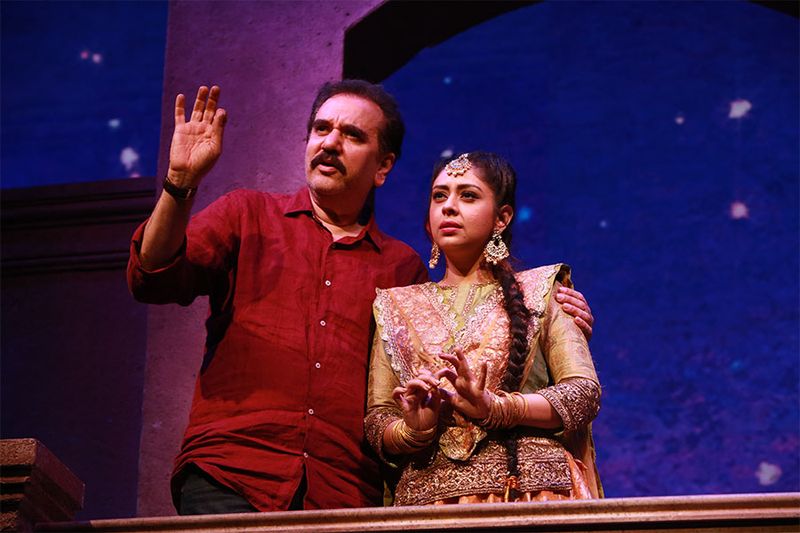
We spoke to director Feroz Abbas Khan about the anticipation and excitement for the North American tour of Mughal-E-Azam: The Musical. Here’s what he had to say.
Edited excerpts:
1. What inspired you to take Mughal-E-Azam the film and revive the stage adaptation?
It was the challenge inherent in the idea that first attracted me to it. My passion for Mughal-E-Azam, however, can be traced back to the first time I watched it as a teenager. The film overwhelmed me with its larger-than-life yet relatable characters and its sheer grandeur and scale. Then in 2004, when I watched the colourised version, I noticed many theatrical elements and the idea to adapt it to the stage began to niggle at me. And when Shapoorji Pallonji Group, the original producers of the film, came on board, the dream of adapting the film to a stage musical came to life.
2. Technology has evolved since Mughal-E-Azam was first staged in 2016. How have the technical aspects been upgraded over the years? And how has the play benefitted from the same?
Technology has been used in the musical only in the service of the storytelling but yes, every season, we work to tweak and improve it. Some of the notable upgrades include projection mapping which has helped us to make the stage design more immersive and dynamic. This allows the stage to transform into different locations and settings. The lighting also has more advanced fixtures and control systems and creates more precise, dynamic, and dramatic effects. We also have state-of-the-art audio equipment and software, and even pyrotechnics and mechanical effects, to create a more realistic and exciting visual experience for the audience.

3. Why is it that Indian musicals have yet not received global recognition like that of Broadway musicals from the US or UK? How is Mughal-E-Azam: The Musical changing that?
To begin with, Indian theatre practitioners don't have the kind of infrastructure and financial ecosystem that supports Broadway musicals. It then goes without saying that big-budget musicals are not made very often. I, however, don't believe that our language and cultural specificity make us less appealing to a global audience because no matter which part of the world we have staged Mughal-E-Azam: The Musical in, people have connected with it and loved it. Recently, our flash mob performance in Times Square brought people from all nationalities together to just pause and enjoy the music and the choreography.
I think in terms of stagecraft and costume design, choreography, music, and performances, we are on par with any Broadway hit. We have also received critical acclaim from international media, including The New York Times and The Guardian. The success of Mughal-E-Azam: The Musical proves that it's possible to break down cultural and language barriers and successfully take a quintessentially Indian story to a global audience. But yes, for more musicals to come into being, Indian theatre needs better-performing spaces, more financial support, and wider exposure.
4. When are you bringing Mughal-E-Azam: The Musical back to the Indian stage?
That decision would be taken once we get back. Right now, we are totally immersed in the ongoing tour.
"Velcro seemed the most suitable option because it accelerates swift transition"Fashion designer Manish Malhotra designed the costumes for Mughal-E-Azam: The Musical. We check with him on his inspiration and practicalities of stage costumes: 1. What has been the inspiration for the costumes for Mughal-E-Azam: The Musical?I love Mughal-E-Azam. It’s one of my absolute favourite films. From the courtly pleasures and décor to the ways of dressing, everything had its sense of greatness attached to it. My inspiration was majorly drawn from the grandiosity of the Mughal period. Recreating costumes for one of Indian cinema’s epic stories for a musical play and getting an award for it. Feroz’s collaborative triumph in turning a monumental film Mughal-E-Azam into a Broadway-style musical is commendable. The designs had to speak of grandeur, glory and the extravagance of the Mughal period. 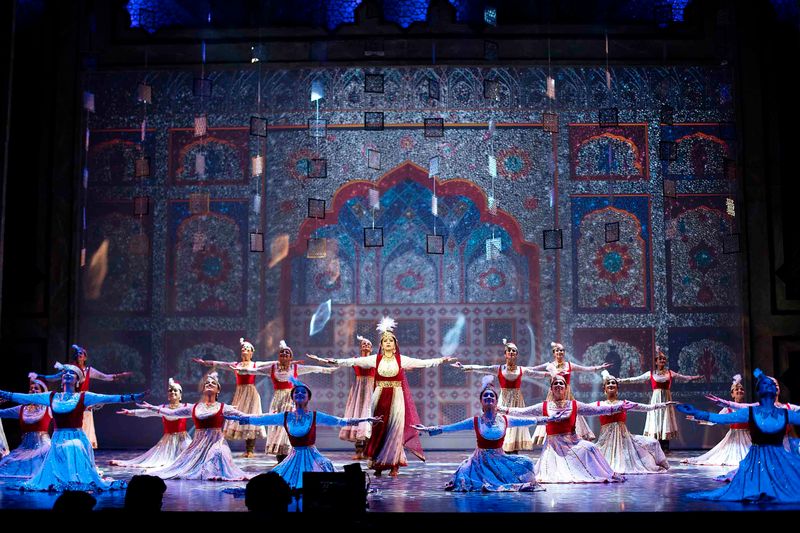 2. What were some of the practical aspects you had to keep in mind while creating the looks?The costumes had to be stage appropriate and facilitate quick change. It is a period piece but it has modern sensibilities. The designs carry forward the legacy of the original characters; however, I tried to strive for the signature sheen to illuminate its grandiosity. I had the responsibility of creating garments that not only looked striking but were also functional. Someone is wearing a kurta inside then there is a sherwani and then something else inside. I had to design the costumes, which had to be ready for the primary and secondary cast simultaneously. Velcro seemed the most suitable option because it accelerates swift transition. 3. Is there something new or different in the looks for the North American premiere?My focus has been steadfast on ensuring authenticity and paying homage to the grandeur of the Mughal era. The design philosophy that guided the creation of these costumes for the original production remains unchanged for the American premiere respecting the original aesthetic and retaining its timeless appeal. We believe that the strength of Mughal-E-Azam lies in the historical context it presents. |
We also spoke to Mayuri Upadhya about the choreography, the backbone, of Mughal-E-Azam: The Musical:
1. Why did you choose Kathak as the primary dance form for Mughal-E-Azam: The Musical?
When I choose a project, I gauge the scope of it, I investigate the context, the concept and the storyline. The primary thing I look for is how am I making a difference to the project. What value addition am I bringing to it? In this case, I knew that Mughal-E-Azam is a timeless classic with a proper historical reference when it comes to culture and art. In the Mughal era, the context of Kathak dance and performers is very much present and I wanted to ensure that the choreography was as authentic as possible.
I think the power of classical dance is enormous and dance ballets have been a part of our classical traditions for the longest time. However, in the context of a musical, it’s not been explored. So, for me, I loved this challenge of using pure classical dance with a fresh approach. Kathak, in fact, comes from the Kathakars — the storytellers and the bards. So in the musical, this idea works perfectly. When the project came to me, I knew it requires dancers who believe in Kathak; who practice, live and breathe Kathak. Even if they happen to come from remote villages or different parts of India. So that’s how Kathak became an integral part of Mughal-E-Azam: The Musical.
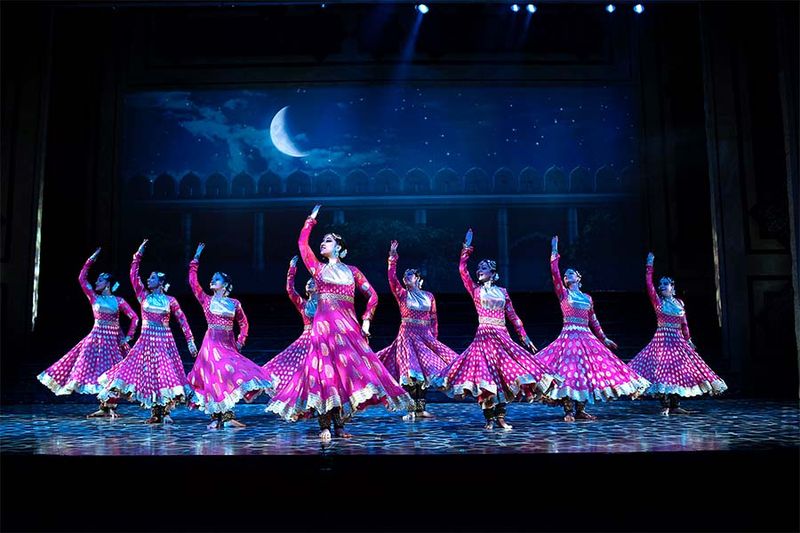
2. Has the choreography changed or been adapted over the years? How does it continue to stay relevant?
Well, the choreography has not changed much, but the dancers change every single season. So based on the balance, the proportion of how many new dancers, or repeat performers we have, we adapt the rehearsals accordingly. The newcomers are always trained online because there is a certain level of discipline that we put them through. So that when they arrive, they know what they are getting into and how deep, meaningful and disciplined the process is. They know they have to be exceptional to be on par with the seniors.
There also happens to be a body memory that seasoned dancers have. Their muscle memory remembers the steps but for their performance to look real, alive and fresh, every season, we put in a lot of effort. If they were to just do the steps mechanically, it would look very robotic so they have to feel that they are doing something new. I think there is an immense amount of work that goes into keeping the passion and the joy alive season after season. We also extensively practice Kathak kriya. There is a learning program that we create every season where the dancers practice yoga for body conditioning and learn Abhinaya; to finetune their expressions. So, there is something new that they take back every time as they grow as artists and I have seen dancers mature into great performers.
From season one of Mughal-E-Azam: The Musical to now, Madhuri, who is the associate choreographer, and I have ensured that we keep the core concept intact and then refresh the same idea in a unique way. For example, in Mohe panghat pe, the choreography is based on Raas Leela; but we refresh its mood and try to approach the sentiment that the dancer is bringing in a new way. What is the story she wants to tell? What are the gopikas adding to this story? All these ideas are introduced to make the dance process very imaginative and stimulating for the dancers.
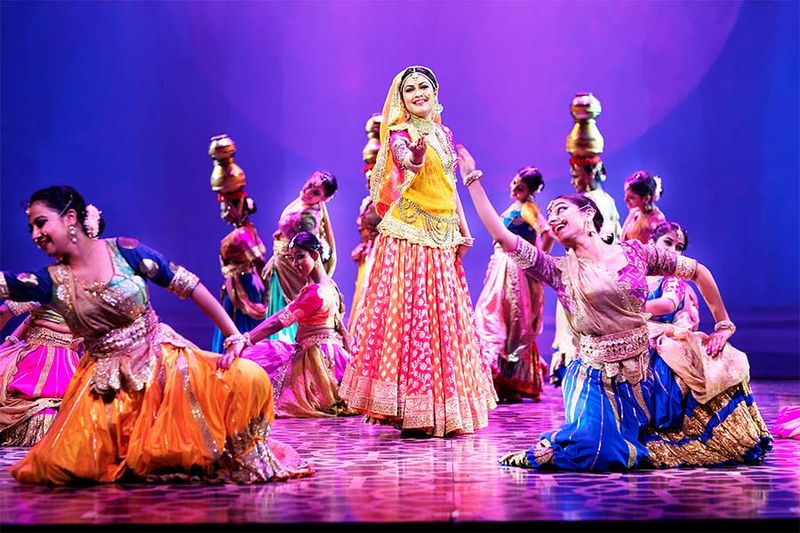
3. What were some of the challenges of adapting an iconic film for the stage, that too a musical?
The primary challenge was to look at dance not from the eye of a camera but from the perspective of a stage performance. There is a huge difference in the way the choreography dynamics unfold on stage. You hold the attention span of the live audience from the frontal view of a proscenium stage without any camera angles. Without multiple takes and close-ups, you have to communicate emotions and pure energy. This is a huge challenge because with a camera, you can cheat and here you can’t. There are a lot of technical abilities you depend on for the screen, but on the stage, there is only truth. So basically, I had to ensure that the dancers have the physical stamina and emotional ability to recreate on stage what I’m thinking in my mind.
The second challenge was to place classical dance, in the context of a musical. Classical dance forms are very sophisticated, complex and nuanced. But when we are talking about a musical, we are talking about mass entertainment. So, you’re taking something that’s extremely mature and evolved and putting it in a context where people want to get entertained in a very simple way. Plus, I had to figure out a way for Kathak to look as beautiful, as authentic as possible and at the same time connect stories and characters from one scene to another. It had to become a bridge. And I wanted to make sure that the Kathak dancers were perceived as artists, not seen only as background dancers but respected for the craft, their knowledge of this tradition.
The third challenge was to ensure that we lived up to the glory of Mughal-E-Azam; and translated the film’s grandeur to the stage. And to honour the sentiments and expectations of generations of fans who have loved the film.


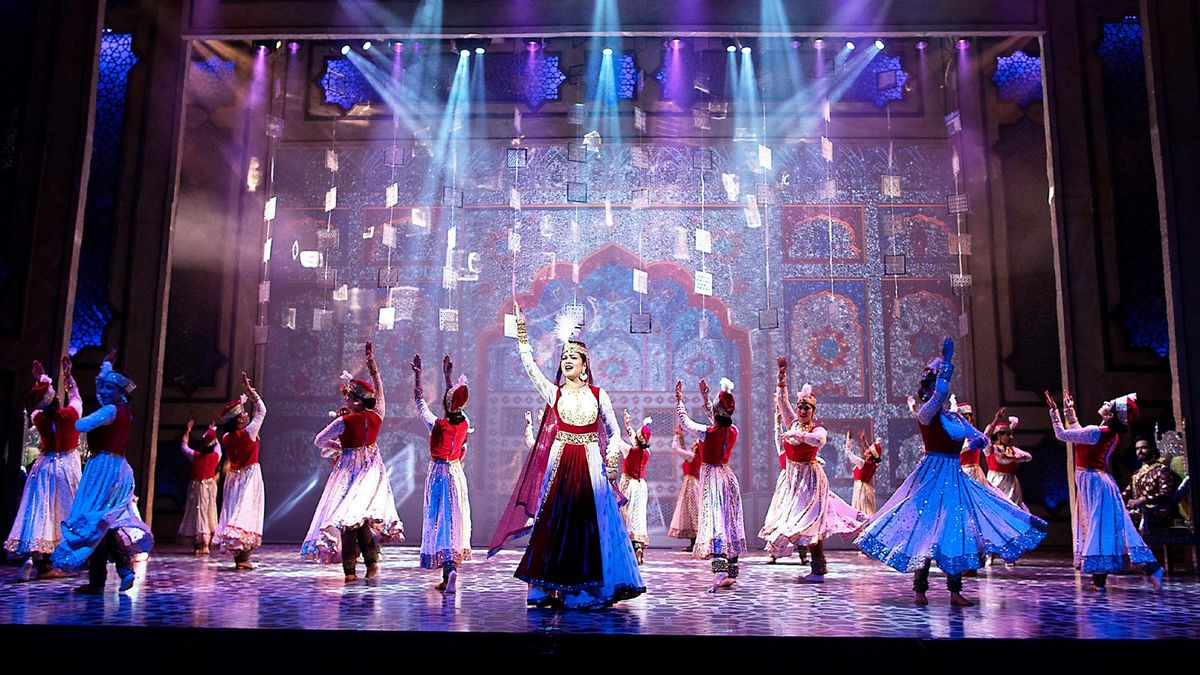
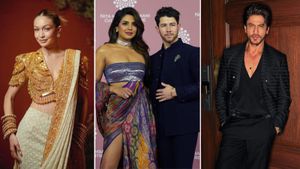
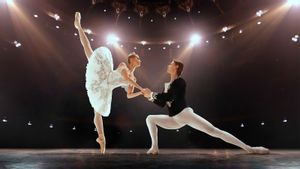
_1681046990421_thumb_300.png)